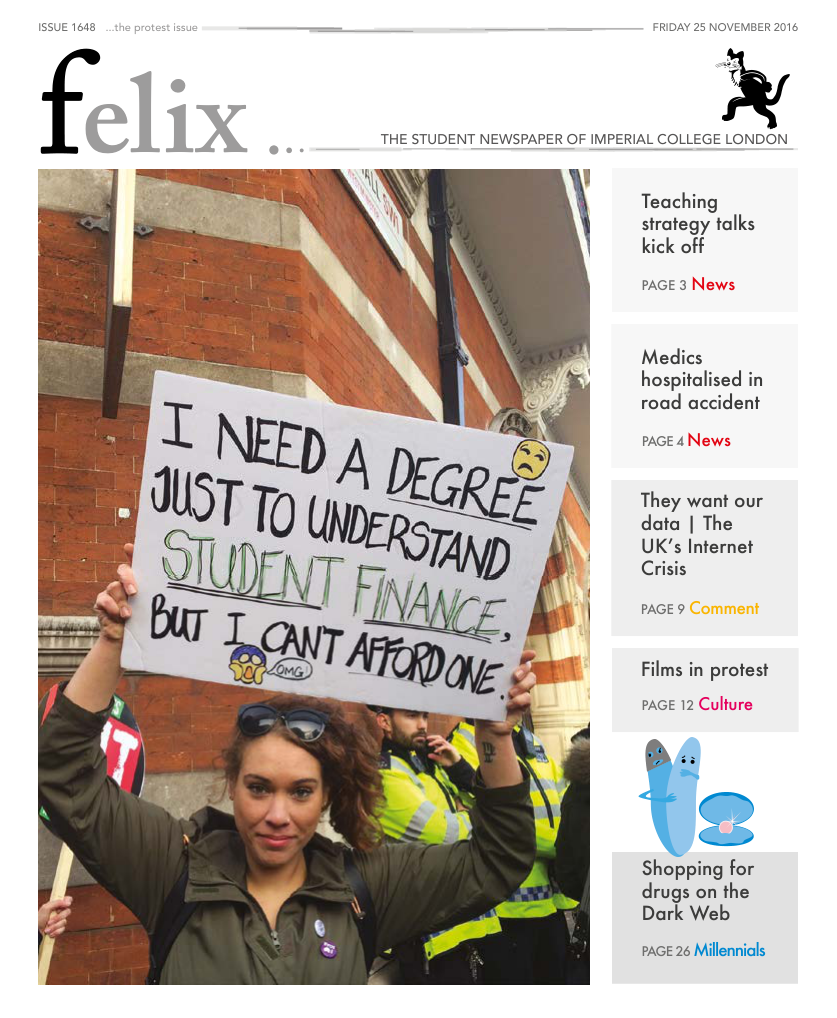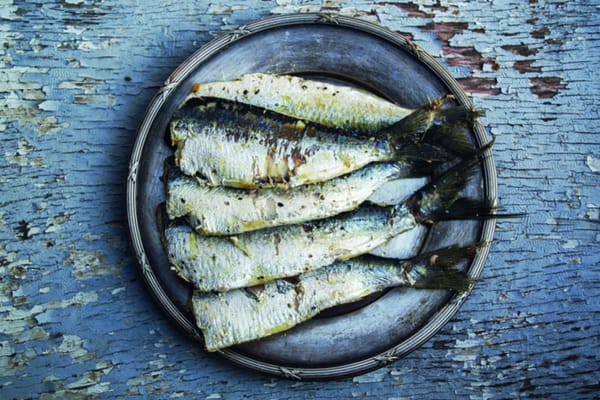Tis the season to be... cryogenically frozen?
After a week of controversy, Abigail Sawyer looks into the chemistry of cryogenics
For starters, here’s a myth buster: Walt Disney was not actually cryogenically frozen. With news emerging this week concerning a terminally ill 14-year-old girl winning a court case against her father allowing her to be cryogenically frozen, I decided to explore exactly what this entails.
First of all, let’s get down to the science. When tissues are cooled, water molecules move around much slower, interact with each other more and begin to form ice crystals. These ice crystals tend to form first outside the tissue cells. This makes the concentration of other substances outside tissue cells much higher and so, by the magic of osmosis, water molecules move from inside the cells to outside. The ice crystals grow and the tissue cells shrink and are damaged by the newly formed ice crystals.
Vitrification is a method used to prevent this damage. Tissues can be cooled and solidified, being preserved without any damage by replacing blood with a solution that is basically an anti-freeze combined with an organ preservation fluid. It allows tissues to be stored at extremely low temperatures. You can imagine that there are many toxicity issues associated with this. Scientists are currently working on these problems and the companies offering cryogenic freezing, for £160,000 a go, are fairly confident that with time, these issues can be solved! Now that we’ve established that there’s a theoretical possibility for it to work, can it actually work in real life? Who knows! No one that has been cryogenically frozen has been brought back to life yet, however, success with cryonics has been shown for IVF as it is used to preserve semen and eggs. There aren’t even any cases of animals being successfully revived either, but a rabbit brain was reportedly recovered earlier this year in an “excellent” state. Even with this success, there is no evidence that brain functions, personality, or memories would be recovered.
So, what’s the verdict? If you have the money to spare, it might be worth a go. It really depends on how much trust you have in the future of scientific progress.









